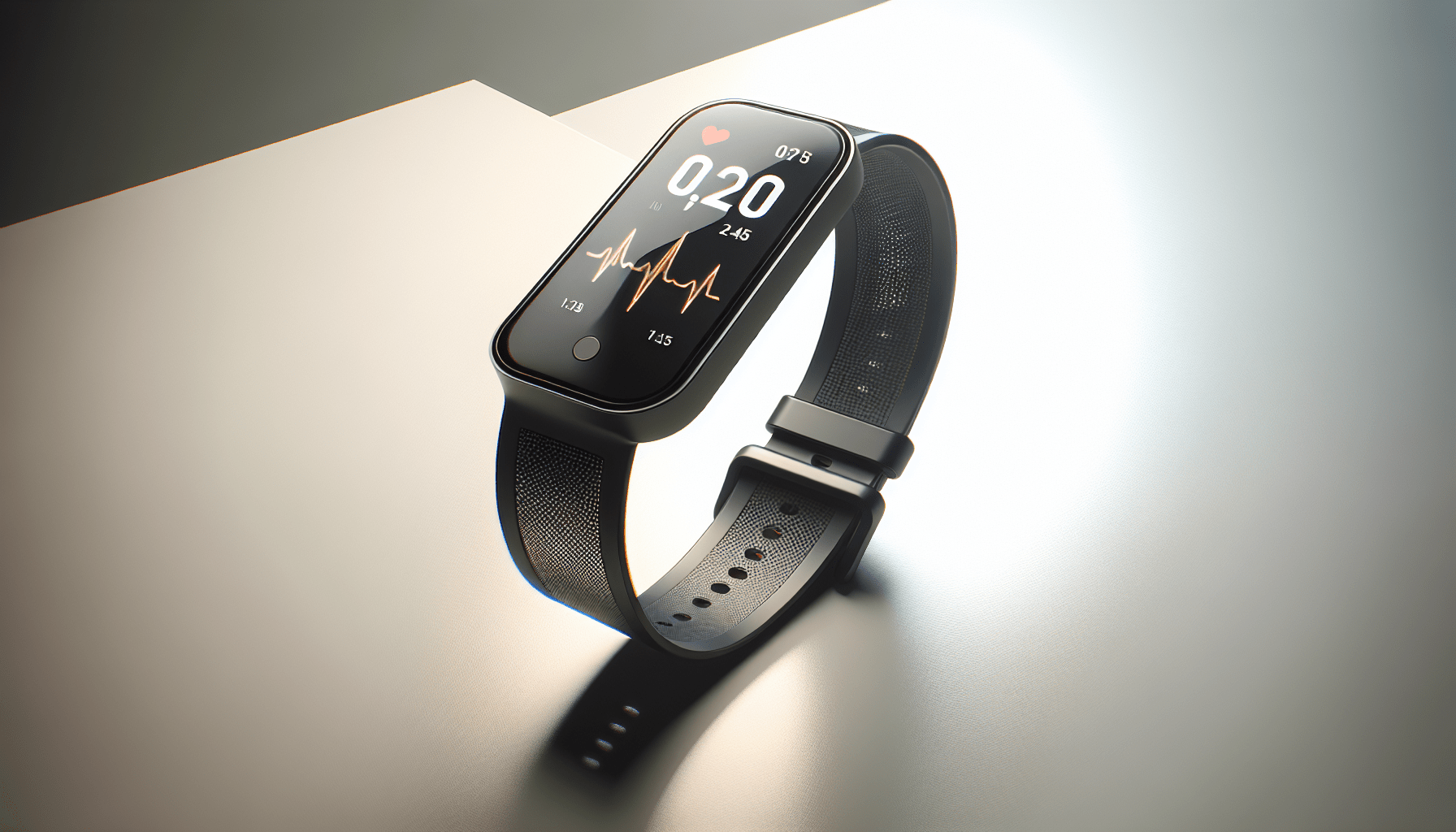How And When To File ISF For Heart Rate Monitors
Have you ever wondered about the best way to file an Importer Security Filing (ISF) for your heart rate monitors? This is an important process that can ensure your products pass through customs smoothly and efficiently. Understanding how and when to file an ISF can save you time and potential headaches.

What is Importer Security Filing (ISF)?
Understanding what ISF is will set the stage for the rest of this discussion. The Importer Security Filing (ISF) is a requirement by U.S. customs for all shipments bound for the United States. This filing provides crucial information about the cargo and its origin before the goods arrive.
Filing an ISF helps the U.S. Customs and Border Protection (CBP) assess potential risks associated with incoming cargo. It’s a pre-arrival requirement, meaning you need to submit your filing before the cargo leaves its country of origin.
Why is ISF Important for Heart Rate Monitors?
You might wonder why the ISF specifically matters for heart rate monitors. These devices fall under strict regulatory guidelines due to their classification as electronic medical devices. Ensuring that your ISF is filed correctly not only helps you comply with U.S. law, but also assists in preventing delays at customs.
Moreover, heart rate monitors can contain sensitive electronic components, necessitating added care during shipping. A smooth ISF process mitigates risks associated with shipping delays or additional inspections.
When to File ISF for Heart Rate Monitors
Knowing when to file your ISF is crucial. The CBP has specific timelines for when you need to submit this information.
The 24-Hour Rule
You should file your ISF at least 24 hours before your shipment departs from the country of origin. This gives customs officials enough time to review your submission and address any issues that might arise.
Filing Late—What Are the Consequences?
If you file your ISF late, you can face several consequences. For instance, your shipment may be delayed, or you may incur fines. It’s essential to adhere to the 24-hour rule to keep your shipment on schedule.

Who is Responsible for Filing the ISF?
Typically, the responsibility for filing the ISF lands on the importer, which can be yourself, your company, or a designated customs broker. If you’re new to importing heart rate monitors, understanding your responsibilities in this context is vital.
Your Role as an Importer
As the importer, you are responsible for ensuring that all information submitted to customs is accurate and complete. You’ll need to provide details like the manufacturer, country of origin, and other relevant information about your shipment.
Utilizing a Customs Broker
If filing the ISF seems overwhelming, enlisting the help of a customs broker can be a smart strategy. A broker can guide you through the process, ensure compliance, and handle all necessary paperwork, letting you focus on other aspects of your business.
How to Complete the ISF for Heart Rate Monitors
Completing your ISF correctly is key to a successful filing process. Here’s a breakdown of the steps you should take to fill out the ISF effectively.
Required Information for ISF
When preparing your ISF for heart rate monitors, you must provide specific details. Here is a quick list of what you’ll need:
| Information Needed | Description |
|---|---|
| Importer of Record | The name and address of the importer. |
| Consignee | The party receiving the goods. |
| Manufacturer | The name and address of the manufacturer. |
| Country of Origin | Where the products are manufactured. |
| HTSUS Number | The Harmonized Tariff Schedule number for your product. |
| Description of Goods | A complete description of the heart rate monitors. |
| Shipping Information | Details regarding the shipping method and carrier. |
| Bill of Lading Number | The bill of lading associated with your shipment. |
Filing the ISF
Once you’ve gathered the required information, the next step is filing the ISF. You can do this electronically through the CBP’s Automated Commercial Environment (ACE) system or through your customs broker.
Confirmation of Filing
After submitting your filing, ensure that you receive confirmation from CBP. This step is critical as it verifies that your ISF has been accepted.
Common Mistakes to Avoid When Filing ISF
Even experienced importers can make mistakes when filing ISF. It’s important to be aware of common pitfalls so you can avoid them.
Incomplete Information
One of the most common mistakes is providing incomplete information. Make sure you double-check that all fields are filled out completely. Missing any required information can lead to penalties or delays.
Incorrect HTSUS Number
Using the wrong HTSUS number can result in significant delays and fines. Be diligent about verifying that the number corresponds with your heart rate monitors’ classification.
Late Filing
We’ve mentioned this before, but it bears repeating: late filings can cause serious issues. Always aim to file your ISF at least 24 hours before the cargo departs.
Potential Challenges When Filing ISF for Heart Rate Monitors
While the process of filing an ISF is relatively straightforward, challenges can arise. Being prepared for these can help you tackle any issues that come up.
Changes in Regulations
Regulations regarding import filings can change frequently. It’s wise to stay updated with CBP announcements or consult with a customs broker to ensure you are in compliance with the latest requirements.
Documentation Issues
If there are discrepancies in your shipping documents versus the information provided in your ISF, you may face issues at customs. It’s crucial to ensure that all documents are consistent and accurate.
Communication Breakdowns
If you’re working with a supplier or shipper, ensure that there’s clear communication regarding the information needed for the ISF. Misunderstandings can lead to incomplete or incorrect filings.
Best Practices for Filing ISF
Adhering to best practices can help make the ISF filing process smoother and more efficient. Incorporating these strategies can ensure you’re always compliant with U.S. customs regulations.
Keep Detailed Records
Maintain organized records of your filings and any correspondence related to your shipments. This will make things easier if questions arise later.
Review Import Regulations
Regularly reviewing U.S. import regulations related to heart rate monitors will help you stay compliant. The medical device industry can be subject to stricter regulations, so staying informed is key.
Partner with Experts
If ever in doubt, seeking help from experts like customs brokers or freight forwarders can save you time and potential headaches. They can provide guidance tailored to your unique situation.
Final Thoughts
Once you understand how and when to file your ISF, you’ll find greater ease in your importing process. With heart rate monitors being sensitive devices, knowing how to navigate the complexities of customs filings is crucial.
By adhering to the guidelines and best practices you’ve read about today, you can ensure a smooth transition for your shipments through U.S. customs. This can enhance your business operations and customer satisfaction, ultimately setting you on a path to success.
So, the next time you’re preparing to import heart rate monitors, remember to keep everything we discussed in mind. Happy importing!

